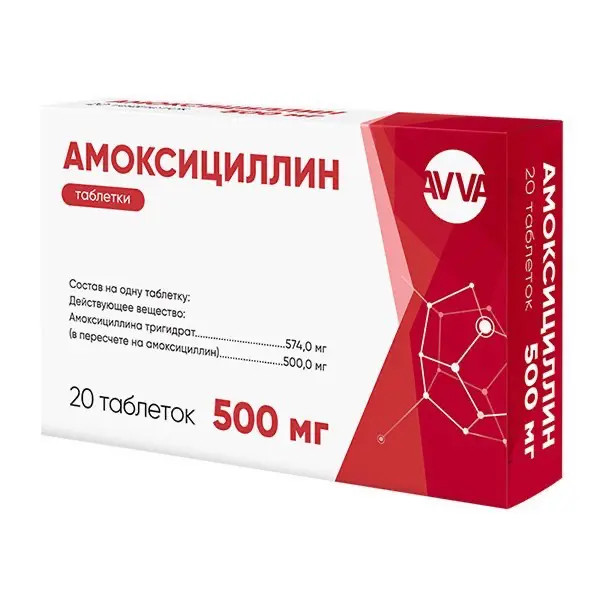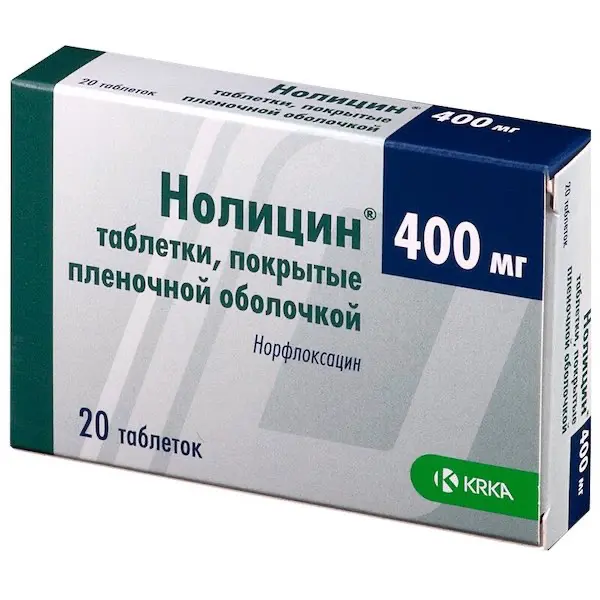Description
Azithromycin Pharmacodynamics
It is a broad-spectrum antibacterial agent of macrolide-azalid group, which has a bacteriostatic effect. Binding with 5OS subunit of ribosomes, it inhibits peptide translocase at the translation stage, inhibits protein synthesis, slows down the growth and reproduction of bacteria, and in high concentrations has a bactericidal effect. It acts on extra- and intracellularly located pathogens.
It has activity against a number of gram-positive, gram-negative, anaerobes, intracellular and other microorganisms.
Microorganisms may be initially resistant to the action of the antibiotic or may acquire resistance to it.
Sensitivity scale of microorganisms to azithromycin (Minimum inhibitory concentration (MIC), mg/L):
Microorganisms MIC, mg/L
Sensitive Resistant
Staphylococcus spp. ≤ 1 > 2
Staphylococcus spp. groups A,
B, C, G ≤ 0.25 > 0.5
Streptococcus pneumoniae ≤ 0.25 > 0.5
Haemophilus influenzae ≤ 0.12 > 4
Moraxella catarrhalis ≤ 0.5 > 0.5
Neisseria gonorrhoeae ≤ 0.25 > 0.5
Sensitive:
Aerobic gram-positive microorganisms: Staphylococcus aureus (methylcycline-sensitive), Streptococcus pneumoniae (penicillin-sensitive),
Streptococcus pyogenes;
aerobic gram-negative microorganisms: Haemophilus influenzae, Haemophilus parainfluenzae, Legionella pneumophila, Moraxella catarrhalis, Pasteurella multocida, Neisseria gonorrhoeae;
Anaerobic microorganisms: Clostridium perfringens, Fusobacterium spp,
Porphyromonas spp,
others:
Chlamydia trachomatis, Chlamydia pneumoniae, Chlamydia psittaci, Mycoplasma pneumoniae,
Mycoplasma hominis, Borrelia burgdoferi.
Moderately sensitive or insensitive:
Aerobic gram-positive microorganisms: Streptococcus pneumoniae (moderately sensitive or penicillin-resistant).
Resistant:
Aerobic gram-positive microorganisms: Enterococcus faecalis, Staphylococci spp.
(methicillin-resistant), Staphylococus aureus (including methicillin-sensitive strains), Staphylococus pneumoniae, Staphylococcus spp. Group A (beta-haemolytic).
Azithromycin is not active against strains of gram-positive bacteria that are resistant to erythromycin.
Anaerobes:
Bacteroides fragilis group.
Indications
Infectious and inflammatory diseases caused by microorganisms sensitive to the drug:
– Upper respiratory tract and ENT-organ infections: pharyngitis, tonsillitis, sinusitis, otitis media;
– lower respiratory tract infections: acute bronchitis, exacerbation of chronic bronchitis, pneumonia, including those caused by atypical pathogens;
– skin and soft tissue infections: moderately severe common acne, rye, impetigo, secondary infected dermatoses;
– initial stage of Lyme disease (borreliosis) – erythema migrans;
– Urogenital tract infections caused by Chlamydia trachomatis (urethritis, cervicitis).
Contraindications
– Hypersensitivity to azithromycin, erythromycin, other macrolide or ketolide antibiotics, or to other components of the drug;
– severe hepatic impairment with Child-Pugh class C);
– children under 12 years of age with body weight less than 45 kg;
– concomitant use with ergotamine and dihydroergotamine.
With caution
– myasthenia gravis;
– Mild to moderate hepatic impairment;
– terminal renal failure with a GFR (glomerular filtration rate) less than 10 ml/min;
– in patients with the presence of proarrhythmogenic factors (especially in elderly patients): with congenital or acquired prolongation of the QT interval, in patients receiving therapy with antiarrhythmic drugs of classes IA (quinidine, procainamide), III (dofetilide, amiodarone and sotalol), cisapride, terfenadine, antipsychotic drugs (pimozide), antidepressants (citalopram), fluoroquinolones (moxifloxacin and levofloxacin), with disorders of fluid and electrolyte balance, especially in case of hypokalemia or hypomagnesemia, with clinically significant bradycardia, cardiac arrhythmia or severe heart failure;
– in coadministration of cyclosporine, warfarin, digoxin.
Use in pregnancy and during breastfeeding
Azithromycin during pregnancy and breastfeeding is recommended for use only in cases when the expected benefits to the mother exceed the potential risk to the fetus and child. If it is necessary to use the drug during breastfeeding, it is recommended to suspend breastfeeding.
Dosage and administration
- Orally, once daily 500 mg at least 1 hour before or 2 hours after a meal.
Adults (including elderly) and children over 12 years of age with body mass over 45 kg.
In infections of the upper and lower respiratory tract, ENT organs, skin and soft tissues: 500 mg once daily for 3 days (a course dose of 1.5 g). - In moderate acne: 2 capsules of 250 mg once a day for 3 days, then 250 mg twice a week for 9 days. The course dose is 6.0 g.
- In Lyme disease (borreliosis) – erythema migrans: 2 capsules 500 mg daily on the first day, then from the 2nd to the 5th day 500 mg daily. The course dose is 3.0 g.
In case of urogenital tract infections caused by Chlamydia trachomatis (urethritis, cervicitis): uncomplicated urethritis/cervicitis – 2 capsules 500 mg once a day.
In patients with renal dysfunction: no dose adjustment is required in patients with a GFR of 10-80 ml/min. - In patients with liver dysfunction: no dose adjustment is required in patients with liver dysfunction of mild to moderate severity.
- Elderly patients: no dose adjustment is required, since elderly patients may already have current proarrhythmogenic conditions, caution should be exercised when using azithromycin due to the high risk of cardiac arrhythmias, including “pirouette” arrhythmias.





